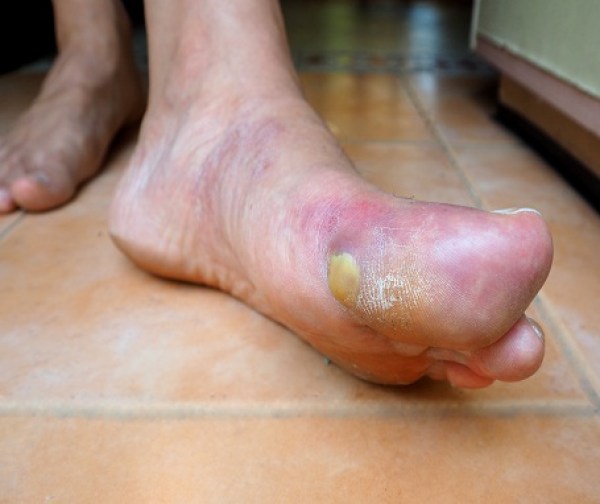Infection
What is infection?
Infection-as distinct from mere residence of microorganism-is a condition in which pathogenic (disease causing) microorganisms multiply and spread within the body tissues. Microorganism may reach the musculoskeletal tissues by:
- Direct introduction through the skin (a pinprick, an injection, a stab wound, a laceration, an open fracture or an operation, particularly when biomaterials are implanted).
- Direct spread from a contiguous focus of infection.
- Indirect spread via the bloodstream from a distant site such as the nose or mouth, the respiratory tract.
- The bowel or the genitourinary tract.
Depending on the type of invader, the site of infection and the host response, the result may be apyogenic osteomyelitis, a septic arthritis, a chronic granulomatous reaction (classically seen in tuberculosis of either bone or joint), or an indolent response to a less aggressive organism (as in low- grade periprosthetic infection) or to an unusual organism (e.g. a fungal infection). Soft-tissue infection range from superficial wound sepsis to widespread cellulitis and life threatening necrotize fasciitis.
General Aspects of Infection
Infection usually gives rise to an acute or chronic inflammatory reaction, which is the body’s way of combating the invaders by destroying them, or at least immobilizing and confining them to a restricted area. The classical signs of inflammation area frequently present are redness, swelling, beat, pain and loss of function.
Bone infection differs from soft-tissue infection since bone consists of a collection of rigid compartments. Bone is thus more susceptible than soft tissues to vascular damage and cell death due to acute inflammation. Unless it is rapidly suppressed, bone infection will inevitably lead to necrosis. Osteomyelitis is an infection of bone and frequently seeds in trabecular areas affecting both bone and bone marrow. Soft-tissue infection depends on the main affected tissue, but of special interest to the orthopaedic surgeon is joint infection or infection arthritis, whether septic arthritis or granulomatous arthritis.
Symptoms of bone infection
Symptoms of bone infection involve:
- Redness in the affected area
- Fever
- Swelling and warmth in the affected area
- Fatigue
- Pain in the affected area
Factors predisposing to bone infection
- Malnutrition
- Diabetes mellitus
- Corticosteroid administration
- Immune deficiency
- Venous stasis in the limb
- Peripheral vascular disease
- Loss of sensibility
- Trauma
Treatment
Treatment is done in the following ways:
- Identify the infecting organism and administer effective anti-biotic treatment chemotherapy.
- Providing analgesia and general supportive measures, including rest of the affected part or splintage of the affected joint.
- Releasing pus as soon as it is detected.
- Eradicating avascular and necrotic tissue.
- Stabilizing the bone if it has fractured and restoring continuity if there is a gap in the bone.
- Maintaining or regaining soft-tissue and skin cover.
If treated early with effective antibiotics, acute infections can usually be cured. If there is pus and bone necrosis, operative drainage will be needed.
How to prevent bone infection?
In order to minimize your risk of developing bone infection, a couple of preventions must be taken in general. These include, wearing proper footwear while running, jumping or doing any kind of physical activity so as to avoid the risk of injury. Apart from this, it is very important to clean and dry an open wound thoroughly in order to prevent the entry of germs into your body.

